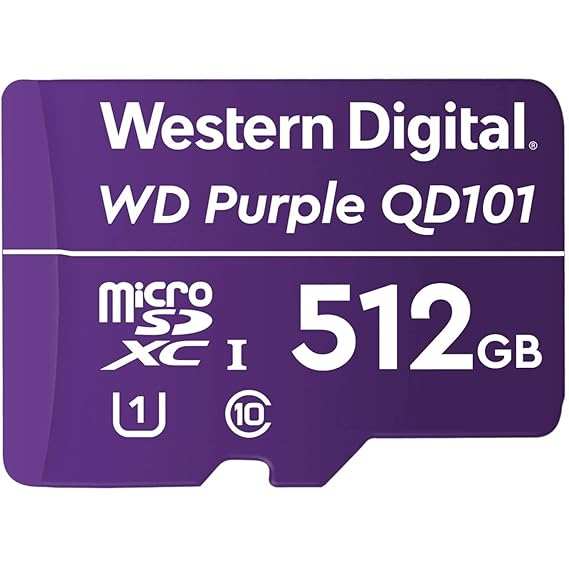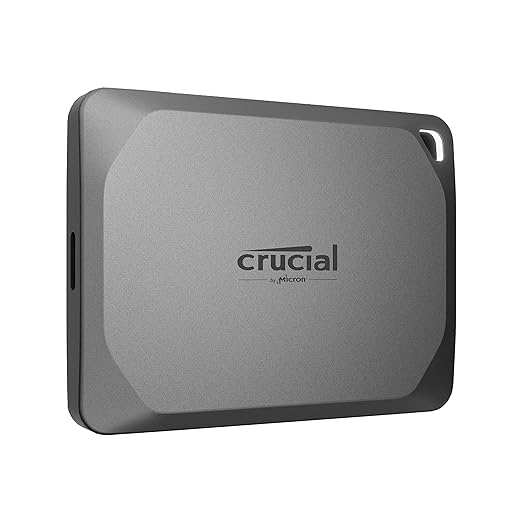In the digital age, hard disks remain a cornerstone of data storage technology, offering both capacity and performance for users and enterprises alike. As we delve into the intricacies of hard disk technology, it becomes essential to understand not only how these remarkable devices operate but also the history and evolution that has shaped their current forms. This article aims to demystify hard disk technology, providing readers with a comprehensive and accessible guide to everything related to hard disks.
Whether you are a curious tech enthusiast wanting to learn more or a professional seeking in-depth knowledge, this ultimate guide will serve as your go-to resource. From understanding the fundamental components that make up a hard disk to exploring the various types available on the market today, we will unlock the secrets behind hard disk technology. Join us as we navigate the world of hard disks and uncover the important facts that could enhance your understanding and appreciation of these essential tools for data storage.
Understanding Hard Disk Components
Hard disks are intricate devices composed of several critical components that work together to store and retrieve data efficiently. The most essential part of a hard disk is the platters, which are circular disks coated with a magnetic material. Data is stored on these platters in the form of magnetic patterns. Hard disks typically contain multiple platters stacked on a spindle, allowing for increased storage capacity while maintaining a compact size.

Another vital component is the read/write head, which is responsible for accessing the data stored on the platters. Each platter has its dedicated read/write heads that float just above the surface. As the platters spin, the heads move back and forth, reading data from or writing data to the magnetic surface. https://www.harddiskprice.in/category/hard-disk-wiki and positioning are controlled by an actuator arm, which ensures that the head accesses the correct location on the platters without making contact, preventing damage.
The interface is another key component, as it establishes a communication link between the hard disk and the computer system. Common interfaces include SATA and SCSI, which dictate how data is transferred to and from the hard disk. The firmware housed within the hard disk controls all its operations, including data read/write processes and error management, ensuring efficient functionality and reliability for data storage.

How Hard Disk Technology Works
Hard disk technology relies on a magnetic storage mechanism to retain digital information. A hard disk drive contains one or more spinning disks known as platters, which are coated with a magnetic material. When data is saved, a read/write head moves across the surface of each platter, altering the magnetic orientation of small areas to represent binary data. As the platters spin at high speeds, the read/write head can quickly access or modify data as needed.
At the core of this technology is the process of data encoding. The information is arranged in concentric tracks and sectors on the platters, allowing for efficient data retrieval. The read/write head utilizes electromagnetic induction to read the magnetic signals from the disk and convert them into electrical signals that can be processed by the computer. This intricate coordination between the spinning platters and the moving head is what allows for rapid access to large amounts of information.
Another key aspect of hard disk technology is the use of caching and buffering to improve performance. Modern hard drives often incorporate cache memory, which stores frequently accessed data for quicker retrieval. By reducing the need to fetch data from the slower spinning platters, these technologies enhance the overall speed and efficiency of data access, making hard disks a reliable choice for storage in both consumer and enterprise environments.
Future Trends in Hard Disk Technology
The future of hard disk technology is poised for significant advancements as data storage demands continue to grow. One of the most noteworthy trends is the development of higher capacity drives. With the proliferation of big data, cloud computing, and streaming services, manufacturers are working towards creating hard disks that can store ever-increasing amounts of information. Innovations such as heat-assisted magnetic recording and energy-assisted magnetic recording are expected to enable drives to cross the multi-terabyte threshold more efficiently.
Another emerging trend is the integration of artificial intelligence and machine learning in hard disk technology. By utilizing AI, hard disk drives can enhance data management, predicting failures and optimizing performance based on usage patterns. This proactive approach to drive health and performance can lead to greater reliability and longevity, addressing one of the key concerns users have had with traditional spinning disks. Additionally, machine learning algorithms can improve error correction and data retrieval processes, making hard disks smarter and more resilient.
Lastly, the shift towards hybrid storage solutions, which combine traditional hard disk drives with solid-state drives, is gaining momentum. This approach allows users to benefit from the high capacity of hard disks while enjoying the speed of SSDs. Hard Disk Prices are particularly appealing for enterprise environments where speed and volume are crucial. As Sata ssd continues to evolve, we can expect further innovations in this area, making storage systems more adaptable and efficient for both personal and professional use.
